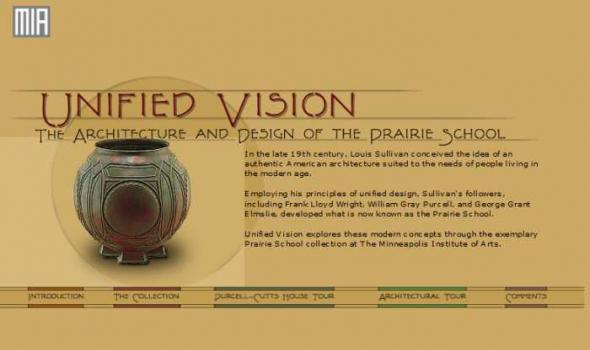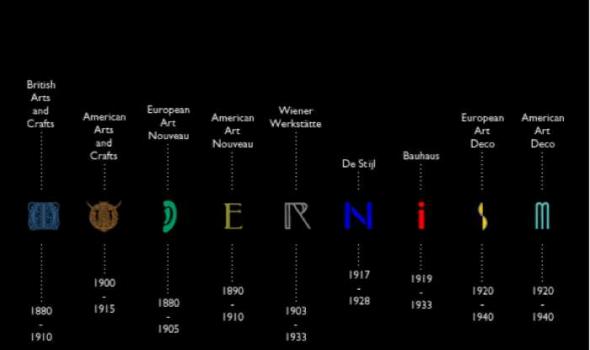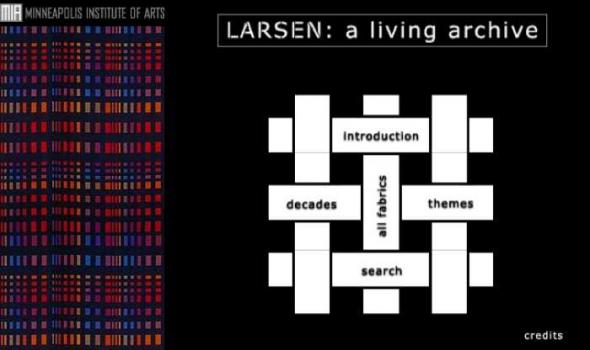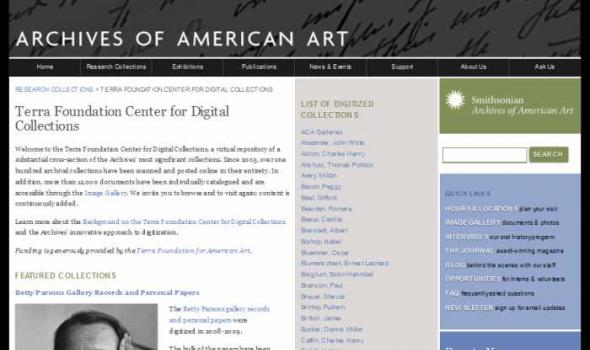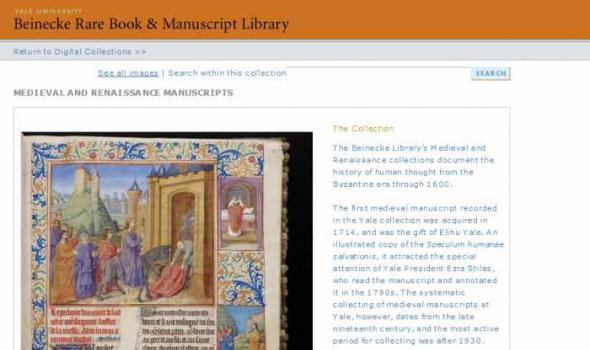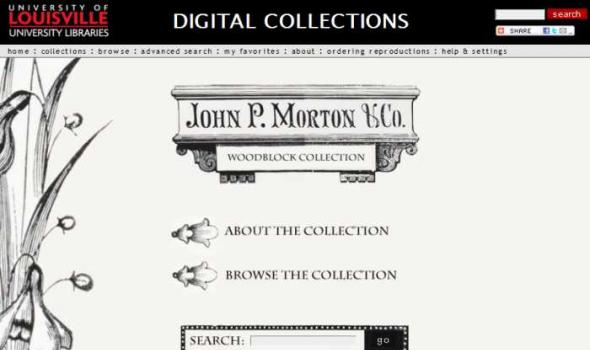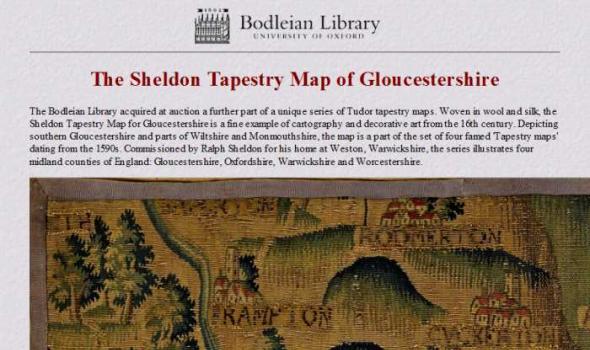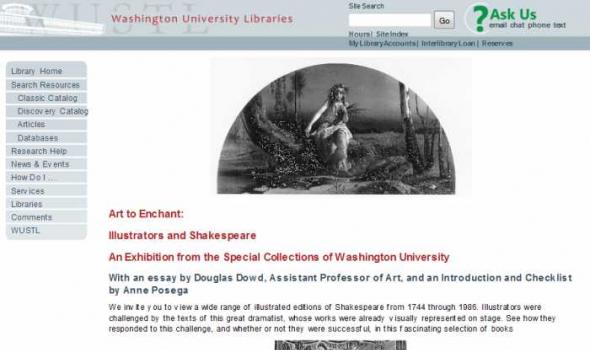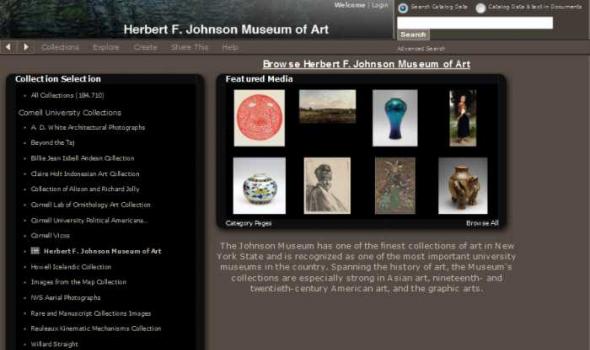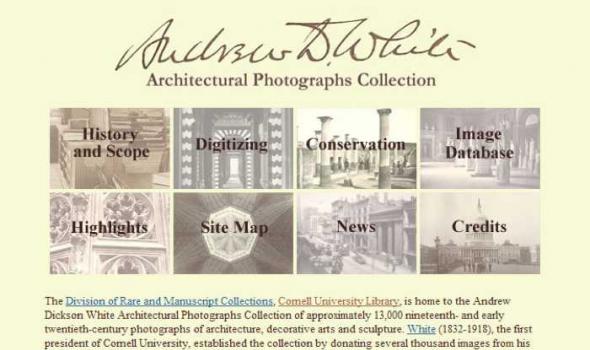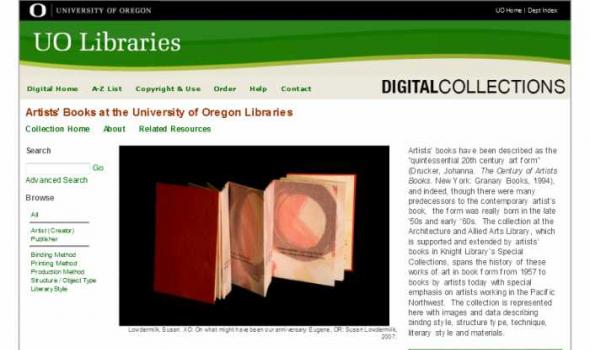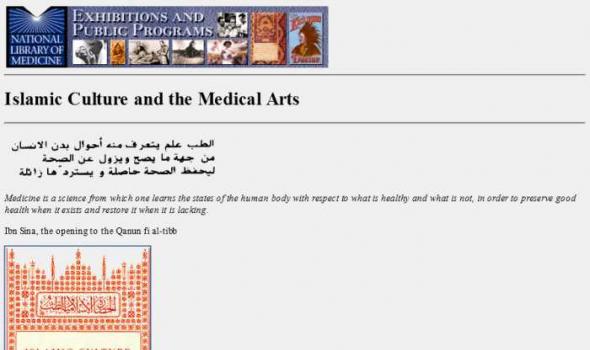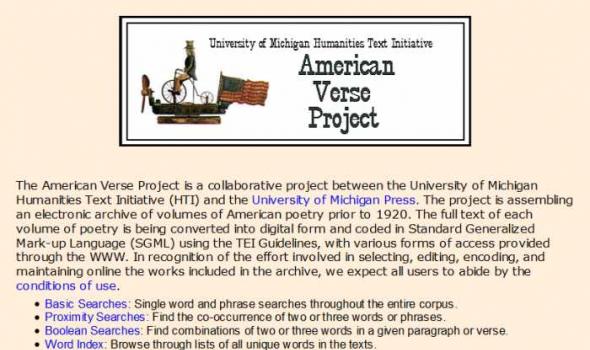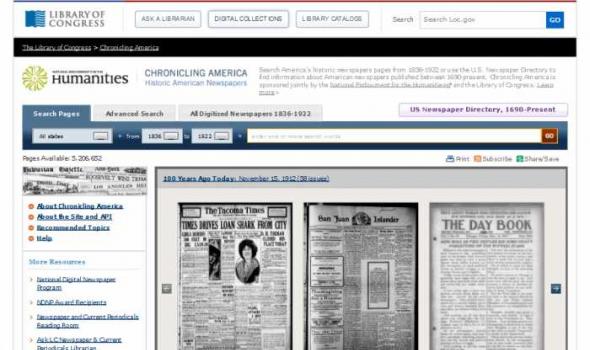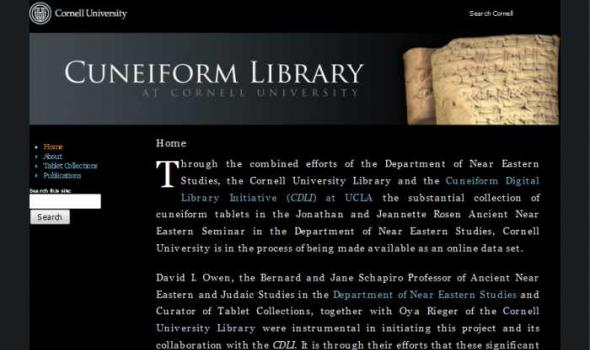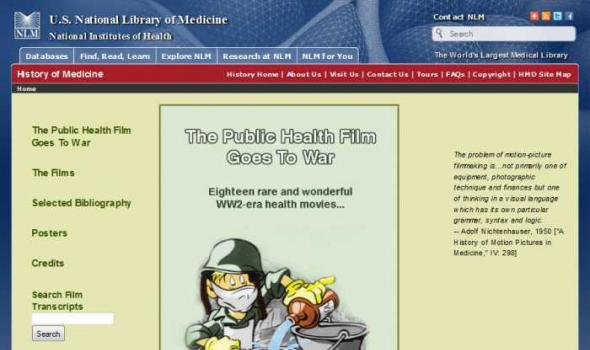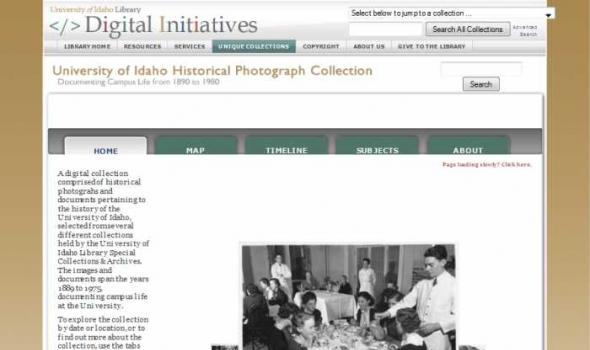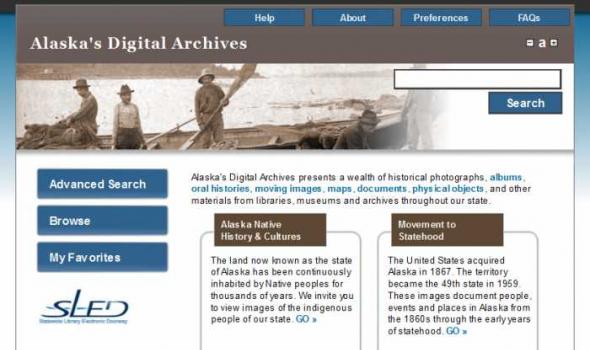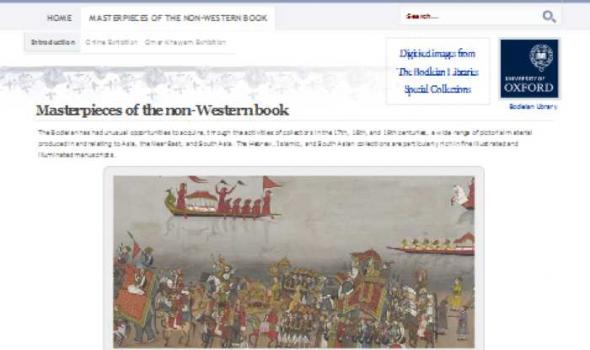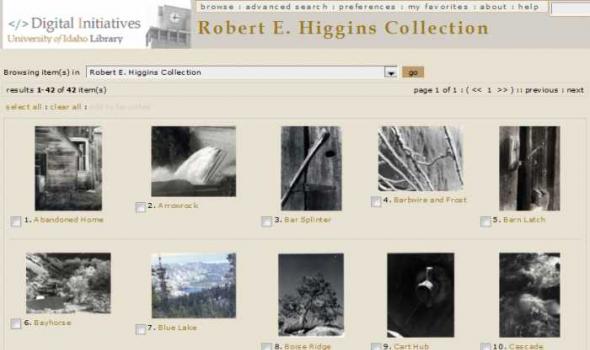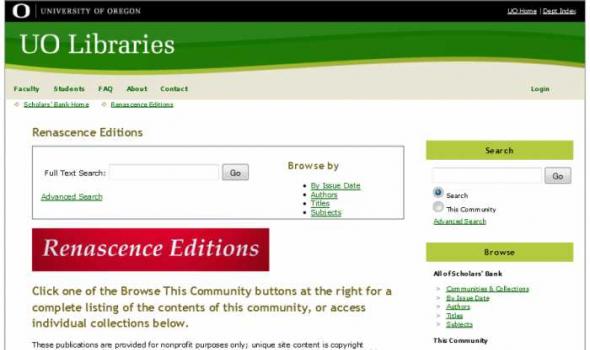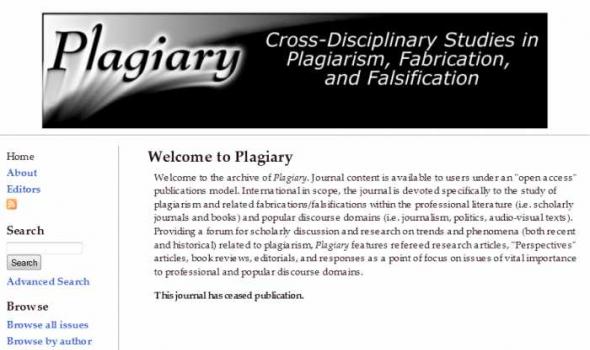Category: Decorative Art & Handicrafts
Results
Francis W. Little House Hallway at The Minneapolis Institute of Arts (Francis W. Little House Frank Lloyd Wright, 1913-15) Unified Vision tells the story of the Prairie School through the collection of The Minneapolis Institute of Arts, which includes a large group of furniture and other objects from Prairie School structures in Minnesota, Illinois, and Iowa. Featured architects include William Gray Purcell, George Grant Elmslie, Frank Lloyd Wright, and George Washington Maher. In addition, the collection includes an important Prairie School home, the Purcell-Cutts house, designed in 1913 by Purcell and Elmslie. This program offers a closer look at the Institute's objects and those who designed them, as well as an extensive tour of the Purcell-Cutts house.
The term Modernism commonly applies to those forward-looking architects, designers and artisans who, from the 1880's on, forged a new and diverse vocabulary principally to escape the Historicism, the tyranny of previous historical styles. The foundation of this online project is a group of over 250 objects representing nine Modernist movements.
the archive The archive of the Jack Lenor Larsen textile company reveals time and again that the driving force behind this influential company has always been the principal that art need not be separated into high (or fine) art and low art (or craft). The Larsen Design Studio created modern, artistic fabrics for interior use, yet their innovations with handwovens, batiks and fabrics in scale with modern architecture have changed the industry. Artistic and technical explorations are the cornerstones that have kept the company on the front edge of the market for half a century. the web site Larsen: A Living Archive was created in conjunction with the exhibition Jack Lenor Larsen: The Company and The Cloth at The Minneapolis Institute of Arts.
The Art of Daily Life There is no equivalent in the many Native American languages for the word art . Yet the objects here suggest that Native Americans are a highly spiritual people who create objects of extraordinary beauty. In Native American thought there is also no distinction between what is beautiful or functional, and what is sacred or secular. Design goes far beyond concerns of function, and beauty is much more than simple appearances. For many native peoples, beauty arises from living in harmony with the order of the universe.The concerns and aspirations of a vital contemporary American Indian population changes as the world changes.
Terra Foundation Center for Digital Collections Welcome to the Terra Foundation Center for Digital Collections, a virtual repository of a substantial cross-section of the Archives' most significant collections. Since 2005, over one hundred archival collections have been scanned and posted online in their entirety. In addition, more than 12,000 documents have been individually catalogued and are accessible through the Image Gallery . We invite you to browse and to visit again: content is continuously added. Learn more about the Background on the Terra Foundation Center for Digital Collections and the Archives' innovative approach to digitization. Funding is generously provided by the Terra Foundation for American Art .
NEWS IN THE CDLI COLLECTIONS CUNEIFORM ANYONE? CDLI depends on the assistance of collaborators of all stripes. Wish to submit files of new texts, or images, transliterations or corrections of entries in our database? Perhaps make a tax-deductible contribution to support our efforts? A DIGITAL LIBRARY FOR CUNEIFORM The Cuneiform Digital Library Initiative (CDLI) represents the efforts of an international group of Assyriologists, museum curators and historians of science to make available through the internet the form and content of cuneiform tablets dating from the beginning of writing, ca. 3350 BC, until the end of the pre-Christian era.
The Collection The Beinecke Library’s Medieval and Renaissance collections document the history of human thought from the Byzantine era through 1600. The first medieval manuscript recorded in the Yale collection was acquired in 1714, and was the gift of Elihu Yale. An illustrated copy of the Speculum humanae salvationis , it attracted the special attention of Yale President Ezra Stiles, who read the manuscript and annotated it in the 1790s. The systematic collecting of medieval manuscripts at Yale, however, dates from the late nineteenth century, and the most active period for collecting was after 1930.
Sidney Paget: Iconic illustrator of Sherlock Holmes 2010 marks the 150th anniversary of the birth of Sidney Paget (1860-1908), an illustrator closely associated with creating a visual identity for Arthur Conan Doyle’s character Sherlock Holmes. The lean, elegant Holmes Paget presented to readers of the Strand magazine worked beautifully with Conan Doyle???s text, and formed the basis for the image of Holmes that remains popular in the public mind to this day.
DIGITAL COLLECTIONS About the Collection John P. Morton and Company was a publishing firm based in Louisville, Kentucky for much of the 19th and the first half of the 20th centuries. John Price Morton (1807-1889) started out working as a clerk in a bookstore in Lexington, Kentucky. In 1825 William W. Worsley hired him to manage his Main Street shop, the Louisville Book Store. The company published a daily newspaper, The Focus , which merged with the Louisville Journal into the Journal and Focus , a precursor to the Courier-Journal ; the weekly Louisville Medical News ; and Home and School , a monthly journal of popular education. In 1838 Morton and Henry A.
DIGITAL COLLECTIONS About the Collection Bookplates, also known as ex libris , are labels pasted to the inside front cover of a book indicating ownership. Although some bookplates are simply text, others, with their ornate images, ornamentation, and calligraphy, are valued examples of design. Artists often employed engraving techniques such as wood cuts and copper or steel plates to create their prints. The Ainslie Hewett Bookplate Collection features 104 bookplates designed by Louisville native (George) Ainslie Hewett between 1909 and 1951. The bookplates were created for notable Louisville residents, as well as for clients across the United States. Ainslie Hewett was especially drawn to the Gothic style, the influence of which can be found in many of his designs.
The Sheldon Tapestry Map of Gloucestershire The Bodleian Library acquired at auction a further part of a unique series of Tudor tapestry maps. Woven in wool and silk, the Sheldon Tapestry Map for Gloucestershire is a fine example of cartography and decorative art from the 16th century. Depicting southern Gloucestershire and parts of Wiltshire and Monmouthshire, the map is a part of the set of four famed 'Tapestry maps' dating from the 1590s. Commissioned by Ralph Sheldon for his home at Weston, Warwickshire, the series illustrates four midland counties of England: Gloucestershire, Oxfordshire, Warwickshire and Worcestershire.
Introduction by Anne Posega With these words Hanmer voiced England's growing national pride in Shakespeare, a pride materially represented by the numerous editions which were produced in the 18th century. Different editors argued for their textual emendations in prefaces, footnotes, and advertisements, and the debate fueled layer after layer of criticism and responses. In a similar way, the illustrations in these editions were themselves transforming, starting with the first illustrated edition in 1709. Edited by Nicolas Rowe and printed for Jacob Tonson, The Works of Mr. William Shakespear, in Six Volumes was the first edition to be "Adorn'd with cuts". The illustrations in this edition were generally theatrical in nature, with many looking like illustrations of a production.
The Johnson Museum has one of the finest collections of art in New York State and is recognized as one of the most important university museums in the country. Spanning the history of art, the Museum's collections are especially strong in Asian art, nineteenth- and twentieth-century American art, and the graphic arts.
The Division of Rare and Manuscript Collections , Cornell University Library , is home to the Andrew Dickson White Architectural Photographs Collection of approximately 13,000 nineteenth- and early twentieth-century photographs of architecture, decorative arts and sculpture. White (1832-1918), the first president of Cornell University, established the collection by donating several thousand images from his personal architectural library.
About - Northwest Folklife Digital Collection The Archives of Northwest Folklore recently partnered with the UO Libraries to begin the development of a digital library collection of folklore materials drawn from fieldwork collections in the Archives of Northwest Folklore. The project team decided to begin with the Oregon Arts Commission's Folk Art of the Oregon Country project records, a collection of 7,000 slides that document folk artists and folk art in cultural communities across Oregon in 1979. Archives of Northwest Folklore student archivists and volunteers have scanned 2,500 slides using equipment in the UO Libraries’ Visual Resources Center.
About - Artists' Books at the University of Oregon Libraries Artists' books have been described as the "quintessential 20th century art form" (Drucker, Johanna. The Century of Artists Books. New York: Granary Books, 1994), and indeed, though there were many predecessors to the contemporary artist's book, the form was really born in the late '50s and early '60s. The collection at the Architecture and Allied Arts Library, which is supported and extended by artists' books in Knight Library's Special Collections, spans the history of these works of art in book form from 1957 to books by artists today with special emphasis on artists working in the Pacific Northwest.
Center for Digital Scholarship Box A, Brown University Providence, RI 02912 The Museum Objects of the McLellan Lincoln Collection View into McLellan Lincoln rooms, John Hay Library. A lock of Lincoln’s hair. A hammer owned by John Wilkes Booth. A ruler used by Lincoln in the White House. A cane made from walnut rail split by Lincoln. A block of wood from the house where Thomas Lincoln married his second wife, Sally Johnston. A piece of wallpaper taken from Lincoln’s box at Ford’s Theater. These numinous objects are just a few of the many strange yet fascinating pieces which have found their way into Brown’s McLellan Lincoln Collection. In 1923, John D. Rockefeller Jr. purchased the Charles W.
Purchasing Print Issues Past issues can be purchased for $12 apiece from the Museum Store at the University of Michigan Museum of Art by contacting Store Manager Suzanne Witthoff at witthoff@umich.edu or 734.763.9051. About Bulletin The Bulletin of the University of Michigan Museums of Art and Archaeology was a joint publication of the University of Michigan Museum of Art , the Kelsey Museum of Archaeology , and the Department of the History of Art . This journal features scholarly articles related to subjects of interest to both museums, particularly their collections, exhibitions, and fieldwork programs.
The National Library of Scotland has the pre-eminent collection of decorative bookbindings produced in Scotland during the last five centuries. Some were transferred to the new National Library in 1925 as part of the collections of the Advocates Library, but many have been purchased since in an attempt to document the development of binding styles in Scotland. Below are displayed a representative sample of bindings from the 18th century, together with a number of decorative endpapers from these books.
General Introduction The purpose of these brief introductory remarks is to tell you, first, what kind of information you can find on this website and, second, how you can retrieve this information. The core of the whole site is a scholarly database. This database contains all kinds of information about the illuminated medieval manuscripts of the Koninklijke Bibliotheek and the Museum Meermanno-Westreenianum. You can get access to this 'electronic catalogue' in various ways. When choosing your way, your own expertise and wishes should guide you. If you do not routinely consult databases and your interest in medieval illumination is not a professional one, you may start with our guided tour.
The East Asian Library's Collection The East Asian Library of the University of California, Berkeley has 2,700 Chinese rubbings, second in number among collections outside East Asia only to the Field Museum of Natural History in Chicago. The nucleus of the collection, over half of the items, was acquired in 1950 from the estate of Mitsui Soken, a wealthy Japanese bibliophile, and includes albums of rubbings once owned by noted Chinese connoisseurs of the nineteenth century. Other important acquisitions were made through purchases from Chinese scholars and dealers and through the bequest of Professor Woodbridge Bingham's collection. The library's holdings are especially rich in albums of models of calligraphy and bronze inscriptions.
